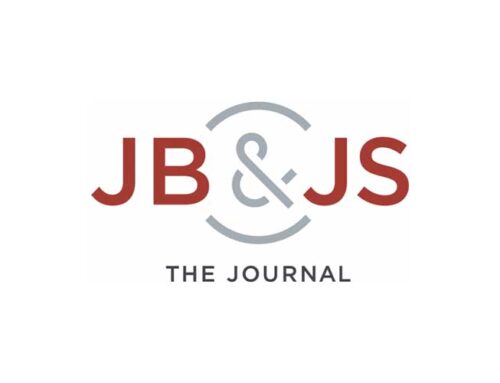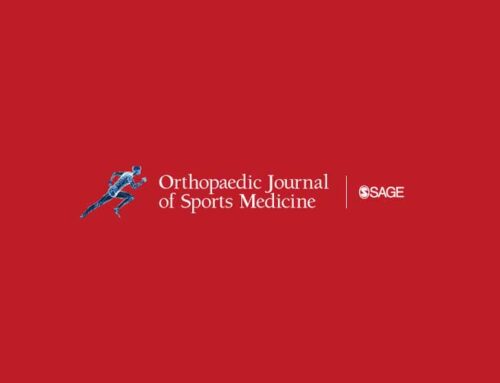BACKGROUND:
The Patient-Reported Outcomes Measurement Information System (PROMIS) is being increasingly evaluated for use in orthopaedic surgery. The performance of the PROMIS in patients undergoing hip preservation surgery is unknown.
PURPOSE:
To investigate the psychometric performance of the PROMIS compared with legacy patient-reported outcome measures (PROMs) in patients indicated for hip arthroscopic surgery for femoroacetabular impingement syndrome (FAIS).
STUDY DESIGN:
Cohort study (diagnosis); Level of evidence, 2.
METHODS:
Data from consecutive patients who underwent primary hip arthroscopic surgery between January and October 2018 for the treatment of FAIS were collected and analyzed. Baseline data, including preoperative PROM scores and demographics, were recorded. PROMs included the PROMIS Physical Function (PF), the Hip Outcome Score (HOS), the modified Harris Hip Score (mHHS), the International Hip Outcome Tool-12 (iHOT-12), and the Veterans RAND 12-item health survey (VR-12). Pearson and Spearman coefficient analyses were used to identify correlations between continuous and noncontinuous variables, respectively. Correlation was defined as excellent (>0.80), very good (0.71-0.80), good (0.61-0.70), fair (0.41-0.60), or poor (0.21-0.40). A multivariate linear regression analysis was used to identify preoperative predictors of having higher preoperative PROMIS scores.
RESULTS:
A total of 197 patients with a mean age and body mass index (BMI) of 32.8 ± 12.6 years and 25.7 ± 5.6 kg/m2, respectively, were included in the final analysis. There were no ceiling or floor effects for the PROMIS PF score observed in the study group. With regard to hip-specific measures, PROMIS PF scores demonstrated excellent correlation with HOS-Activities of Daily Living (r = 0.801; P < .001) scores, very good correlation with mHHS (r = 0.721; P < .001) and iHOT-12 (r = 0.722; P < .001) scores, and good correlation with HOS-Sports Specific (r = 0.675; P < .001) scores. With regard to general health-related quality of life (HRQoL) measures, PROMIS PF scores demonstrated very good correlation with VR-12 mental (r = 0.721; P < .001) scores, good correlation with VR-12 physical (r = 0.618; P < .001) scores, and poor correlation with visual analog scale for pain (r = -0.365; P < .001) scores. Patients who reported being physically active were more likely to have a higher preoperative PROMIS score (β = 3.216; P = .004). Lower PROMIS scores were found in patients with a higher BMI (β = -0.236; P = .005) and in female patients (β = -2.608; P = .014).
CONCLUSION:
In patients with FAIS, the preoperative PROMIS PF scores demonstrated excellent to good correlation with legacy hip-specific instruments as well as with HRQoL measures. No ceiling or floor effects were identified. Notably, of the hip-specific PROMs administered, the PROMIS PF demonstrated the weakest correlation with the HOS-Sports Specific subscale. Physical activity, BMI, and sex were predictors of preoperative PROMIS scores in our patient population.









